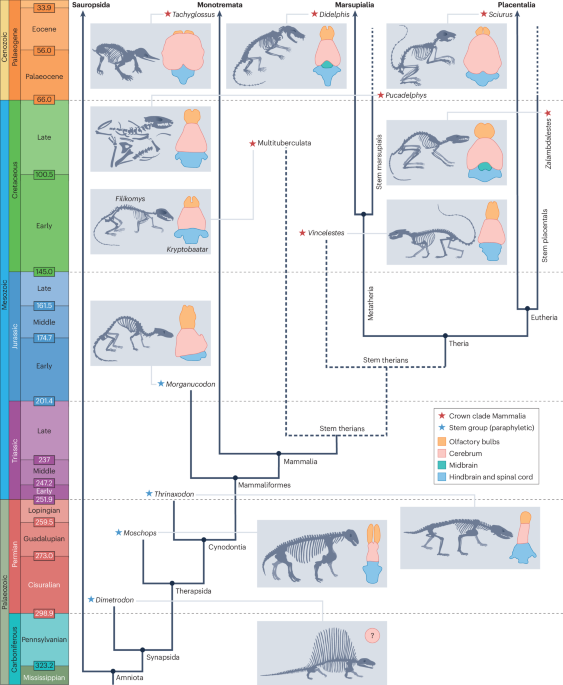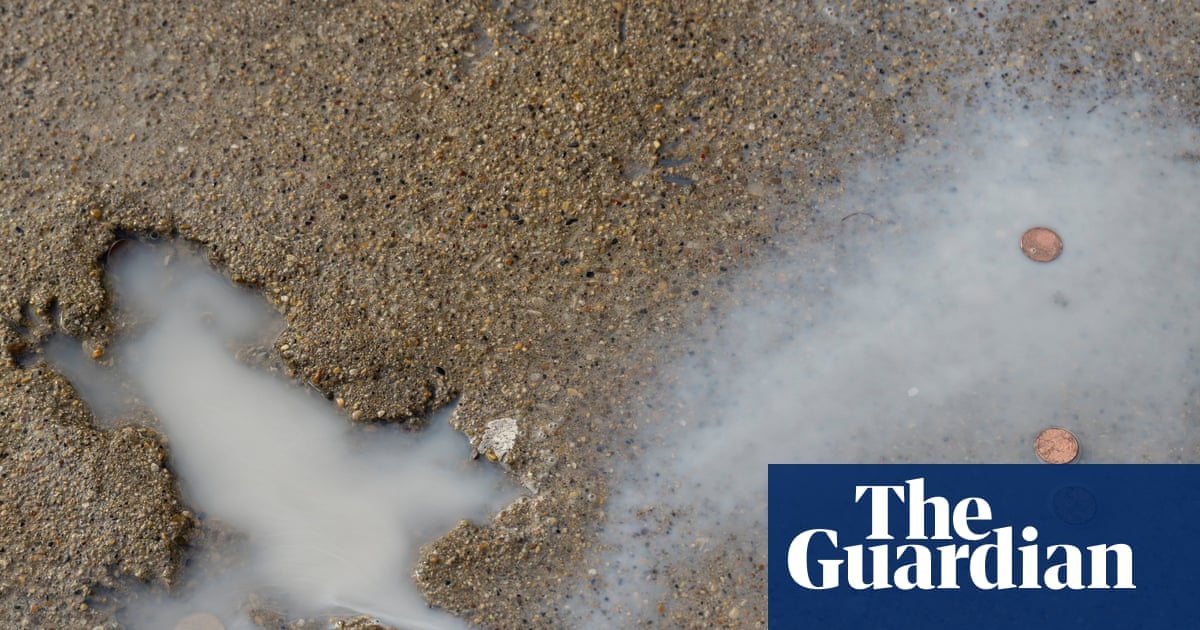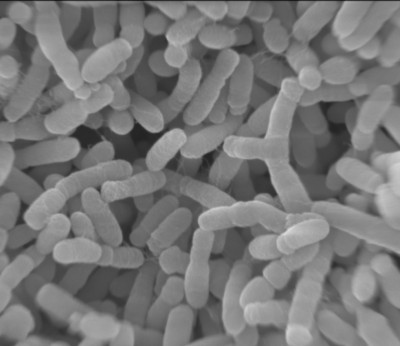SpaceX has completed its eleventh integrated flight test of Starship, marking another leap forward in developing the world’s most powerful and fully reusable launch system.
Launched from Starbase, Texas, the flight saw both the Super Heavy…

SpaceX has completed its eleventh integrated flight test of Starship, marking another leap forward in developing the world’s most powerful and fully reusable launch system.
Launched from Starbase, Texas, the flight saw both the Super Heavy…

On 6 January 2024, Chicago comedian Winslow Dumaine photographed the near-perfect impression of what looked like a brown rat on a sidewalk in Roscoe Village, a neighbourhood in the north of the city.
The so-called ‘Chicago Rat Hole’ – a…

Finlay, B. in Encyclopedia of Neuroscience (ed. Squire, L. R.) 337–345 (Academic, 2009).
Halley, A. C. & Krubitzer, L. Not all cortical expansions are the same: the coevolution of the neocortex and the dorsal thalamus in mammals. Curr. Opin….

The dream of living on another planet has intrigued scientists, engineers, and explorers for a long time. Now, the dream is moving closer to becoming a reality with researchers at the University of Central Florida (UCF) and beyond exploring how…

With a front paw outstretched and its tail at an angle, the creature that fell on to wet concrete in Chicago left quite the memento mori.
Now, researchers say they have unmasked the identity of the victim, revealing the famous “rat hole” was…

A rat-shaped indent on a Chicago sidewalk went viral early last year, with troves of people venturing to the hole bearing coins and other offerings. However, a new study suggests the so-called “Chicago Rat Hole” wasn’t actually made by a rat —…

A tiny worm that leaps high into the air — up to 25 times its body length — to attach to flying insects uses static electricity to perform this astounding feat, scientists have found. The journal PNAS published the work on the…

The James Webb Space Telescope measured a potential moon-forming disk encircling an exoplanet, NASA recently announced, inviting researchers to observe and study moon formation as it happens, while providing insight into the material used to form…

AMES, Iowa – Depending on the setting, the ability of a crucial bacterium in biotechnology – Agrobacterium tumefaciens – to transfer its DNA to a host plant can make it either a pathogen that damages crops or a…